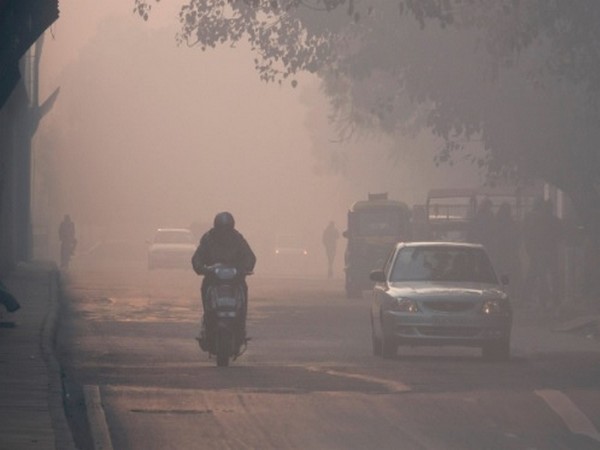
CAQM Holds Meeting With Haryana, Punjab On Air Pollution Mitigation Actions
In a concerted effort to accelerate coordinated action towards abatement of air pollution in the region, the Commission for Air Quality Management in NCR and Adjoining Areas (CAQM) under the Chairmanship of Rajesh Verma, held two significant high-level review meetings on July 3.
The senior officials of the Commission, along with the Chief Secretaries and senior officers of the two State Governments, Haryana and Punjab, were present at the meeting.
According to the release, the review aimed to strengthen interdepartmental coordination in the two States, as mentioned earlier and evaluate the implementation of key sectoral measures for the abatement of air pollution in the region.
During the meeting with the State Government of Haryana, a detailed review was done on critical areas such as preparedness for the elimination of paddy stubble burning in 2025, as per the approved Action Plan; the use of paddy straw based biomass pellets in brick kilns and compliance of prescribed emission norms by thermal power plants, including a review on the progress made in r/o minimum 5 per cent biomass co-firing targets for 2025-26, as stated in the release.
Other issues reviewed included road dust mitigation strategies, especially a review of the action plan formulated by the State Government for the redevelopment of identified roads and various directions issued by the Commission to curb vehicular emissions.
These included the progress made towards liquidation of End-of-Life (EoL) vehicles and installation of Automated Number Plate Recognition (ANPR) camera systems in accordance with Direction dated April 23; fast-tracking of adoption of cleaner mobility vehicles services by motor vehicle aggregators, delivery service providers and E-Commerce entities; migration of all buses entering into Delhi including those operating under All India Tourist Permit and other service regimes to cleaner modes, besides such buses already covered under Direction Nos. 78 and 81; and enforcement of restrictions on the entry of polluting transport/ commercial goods vehicles into Delhi.
The progress in phasing out all diesel-operated auto-rickshaws and transitioning inter-city buses to clean energy was also deliberated upon.
On the same day, the Commission conducted another review meeting with the State Government of Punjab. The review revolved around the State’s preparations as per the approved plan for elimination of paddy stubble burning and implementation of the plan of action for prevention and control of paddy Stubble Burning in 2025, targeting complete elimination; mandatory use of biomass pellets in brick kilns, and compliance of prescribed emission norms by thermal power plants, including the target for co-firing minimum 5 per cent bio-mass during 2025-26.
The meeting also took stock of the implementation of directions related to vehicular pollution, including the migration of inter-city buses to cleaner fuel modes and restrictions on polluting transport/ commercial goods vehicles entering Delhi. The Commission emphasised the need for the proactive and timely implementation of all Statutory Directions to avoid deterioration in air quality in the region during the upcoming winter season.
In addition to the review meetings held, the Commission’s team also made field visits on July 4 to various projects/ installations related to ex-situ utilisation of paddy stubble, including, e.g. Pelletisation Plant, Compressed Bio-gas (CBG) Plant, Biogas Plant, 2G Ethanol Plant and Industrial Boiler in the States of Punjab and Haryana. These visits provided on-ground insights into technological and operational progress made by both States in strengthening ex-situ management of paddy stubble.
The Commission reiterated the importance of enhanced coordination, targeted implementation of the Action Plans, and strict enforcement of the Statutory Directions issued by the Commission.
CAQM appreciated the efforts made by both State Governments so far and urged sustained action and a shared commitment from all concerned stakeholders to ensure visible and measurable improvements in air quality in the region, particularly in view of the approaching winter season. (ANI)



